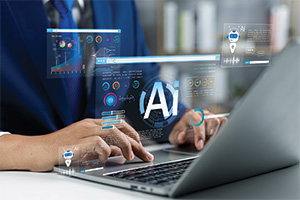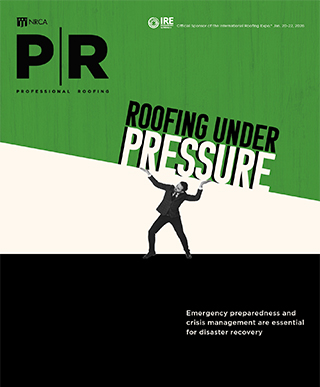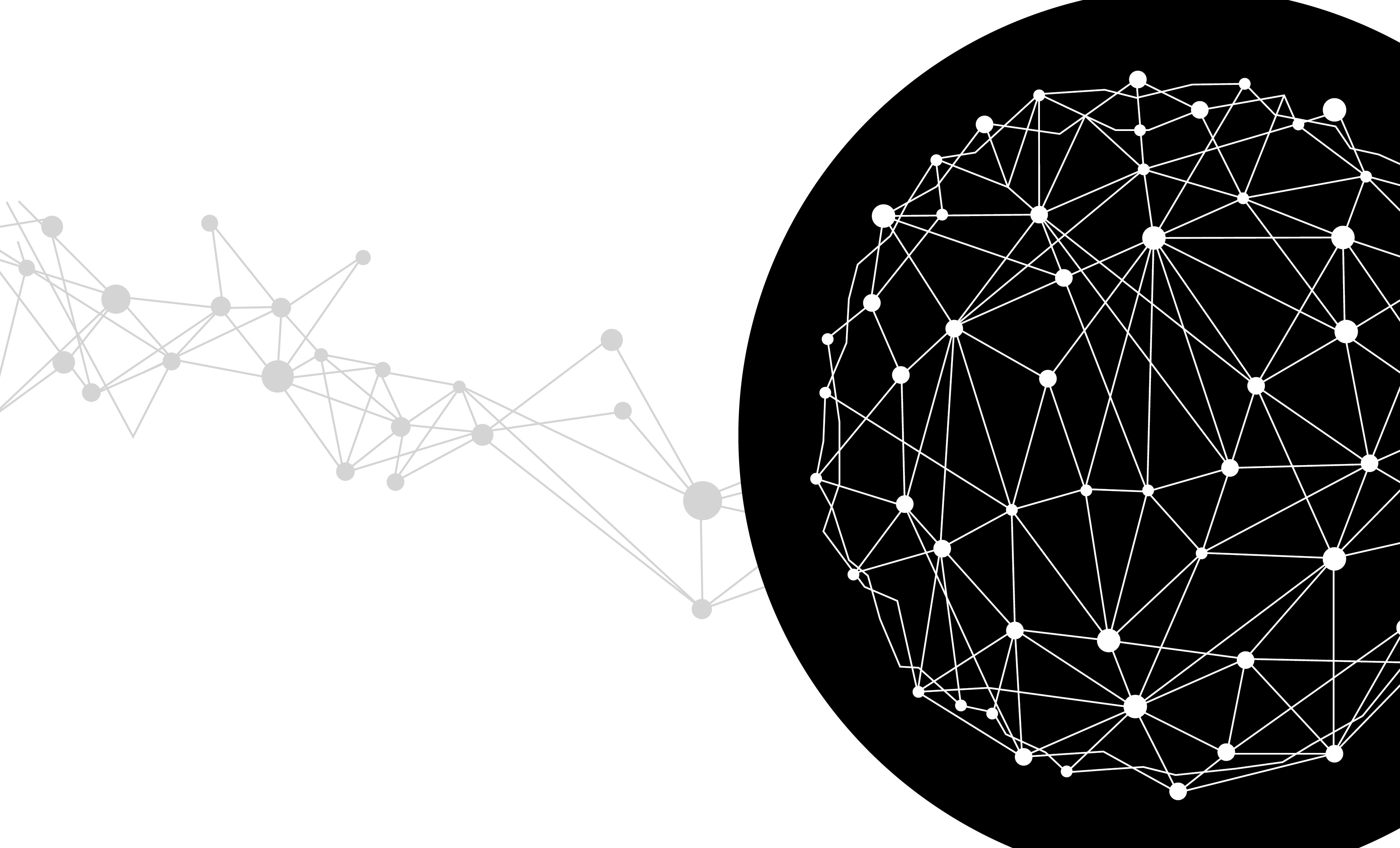AI can’t do everything on a job site

The construction industry increasingly is using artificial intelligence for scheduling, safety planning, job-site data analysis and more. However, there are things AI cannot do on a job site.
For Construction Pros shares the following things humans do that AI currently cannot replace.
- Make gut-check calls in the middle of a task. Humans have experience and instincts to guide them while AI requires data. Snap decisions—such as feeling a piece of equipment strain before a gauge shows it—are made using a wealth of personal experience and knowledge, and AI currently cannot match that.
- Handle on-the-fly field fixes. Construction projects are unpredictable. Issues arise, and sometimes a creative fix is needed with whatever resources are available. AI does not have the improvisation ability of those who work in the field and can grab tools and troubleshoot a situation.
- Manage people. People are complicated, and managers need patience, emotional intelligence, empathy and toughness to manage different individuals. AI cannot effectively motivate or help address tension between co-workers.
- Keep morale up. Humanity is crucial when a morale boost is needed. Crew members can laugh, lift each other up and keep everyone in good spirits—something AI cannot handle.
- Take pride in a job well done. Although AI can report positive data and metrics showing success, it does not feel pride when a job is completed. The feeling of creating something real and finishing what you started is purely human and cannot be replaced.
Protecting your business from ransomware

Only 14% of small businesses say they have a cybersecurity plan, so most small businesses are unprepared for a ransomware attack, according to the U.S. Chamber of Commerce. In 2023, small businesses were the target of 43% of all cyberattacks.
The cost of a cyberattack can range from $120,000 to $1.24 million per incident, and most small businesses that experience a cyberattack reportedly close within six months of the incident.
Ransomware restricts access to a computer system or data—often by encrypting files—and demands a ransom payment for their release. The U.S. Chamber of Commerce shares the following steps to protect your company from ransomware attacks.
- Ensure your software is up to date. Software providers issue updates that include important security patches and upgrades. Update your security programs regularly and promptly.
- Layer security measures. Use more than one security tool, such as a combination of a firewall, antivirus software, anti-malware software, spam filters and cloud data loss prevention. If one tool fails, there are backup protections in place.
- Conduct training. An “insider threat” describes any action from an employee that compromises the security of a company’s data and systems. These threats often come from negligence or human error. Be sure your team is trained regarding what ransomware is and how they can prevent an attack.
- Use multifactor authentication and strong password. Multifactor authentication requires a user to provide more than a single factor–such as username and password–to gain access; for example, a code might be texted to your phone. Additionally, encourage employees to set strong passwords that are a minimum of eight characters but no more than 64 characters; use special characters; avoid using sequential or repetitive characters; and use uncommon passwords. A password manager tool also can help employees keep their accounts secure.
- Back up everything. Avoid paying a ransom by backing everything up regularly–every day, if possible. Store a copy of your system on an external hard drive that is kept offline and only can be accessed by your team.
- Set up strong spam filters. This can reduce the risks of phishing and your employees falling for a scam that introduces malware into your system.
- Set up application whitelisting. Sometimes known as allowlisting, it only allows trusted files, applications and processes that have been explicitly permitted to run.
- Verify email senders. Phishing is one of the most common ways a ransomware attack occurs. Pay close attention to senders’ email addresses.
- Sign up for regular threat reports. There are resources available to help you stay informed about cybersecurity threats. Subscribe to receive regular emails that will inform you of threats and tips.
To help contractors address cyber liability risk, NRCA has partnered with BPM Insurance Services and Acrisure to offer NRCA’s Cyber Liability Insurance Program, available at nrca.net/insurance.
Study examines substance use at work
A report from researchers at The Ohio State University, Columbus, shows about 9% of U.S. workers in their early 30s use alcohol, marijuana or hard drugs while at work, according to Construction Dive.
The risk for substance use was highest among workers in food preparation, service and safety-sensitive occupations, including construction, which had a higher risk of alcohol and marijuana use.
The study surveyed more than 5,000 employees who participated in the National Longitudinal Survey of Youth 1997, which included individuals between ages 12-17 in 1997 and followed them through 2022. The surveys were conducted by The Ohio State University’s Center for Human Resource Research and the study focused on survey data from 2015-16.
Among workers who reported substance use immediately before or during a work shift during the past month, 5.6% said they drank alcohol, 3.1% used marijuana and 0.8% took cocaine, opioids or other hard drugs.
A 2023 study found comprehensive workplace substance use policies, including recovery-friendly options, were linked to a significant decrease in employee alcohol and drug use. In another 2023 study, Sehun Oh, an associate professor of social work at The Ohio State University, found availability of workplace support services led to lower rates of marijuana use and other illicit drug use.
“Our research shows that those under adverse working conditions with many barriers to economic and well-being resources tend to use substances as a coping mechanism, whether that relates to an emotional toll or physical demands of not just working conditions but their life circumstances,” Oh says. “There is a need for more structural support to address these huge implications for the health of workers and others and to reduce the stigma associated with substance use.”



